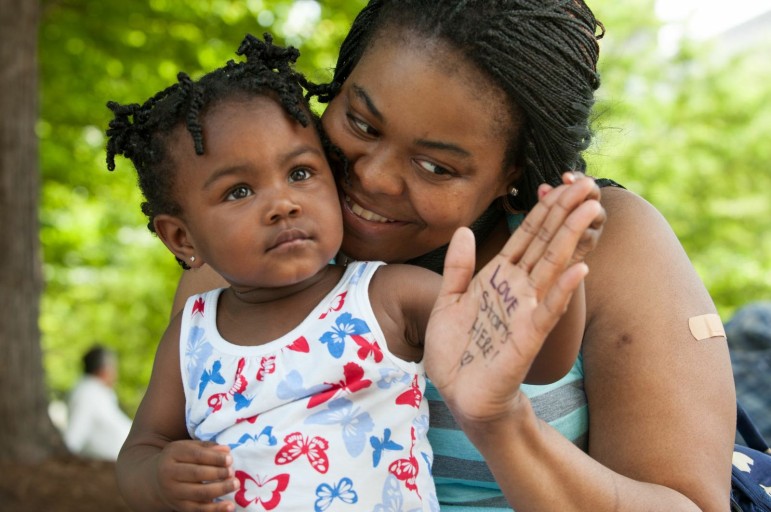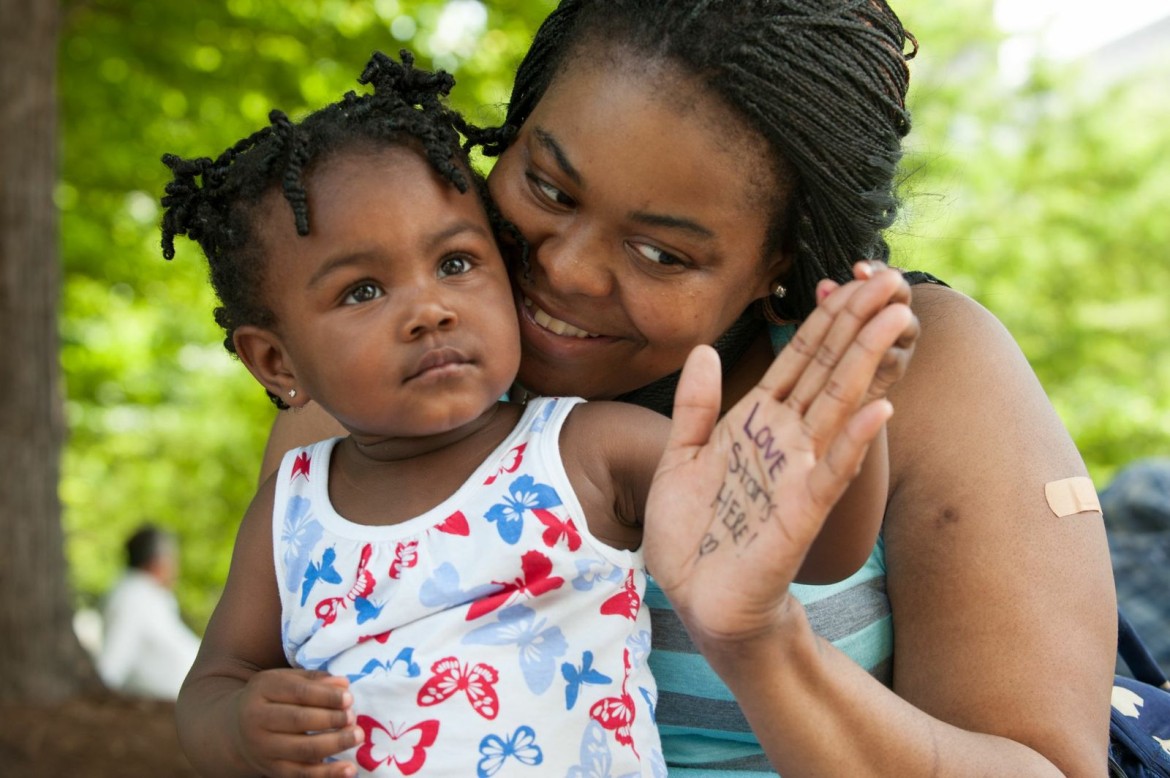
Candice Cusic / The Chicago Bureau
Across the United States, the business of human trafficking, especially in the sex trade, is booming with underground groups and gangs using children, women and men as commercial assets to trade across borders.
 But precise data to measure the scope of the issue is difficult to gather precisely because the trade is so covert. Often, the victims are invisible to society. And despite efforts from the ground up to draw attention and put a halt to the billions traded in human capital each year, the issue grabs little attention in mainstream publications on a regular basis, leading to under-coverage of a stigmatized population stained with the trauma of sexual slavery.
But precise data to measure the scope of the issue is difficult to gather precisely because the trade is so covert. Often, the victims are invisible to society. And despite efforts from the ground up to draw attention and put a halt to the billions traded in human capital each year, the issue grabs little attention in mainstream publications on a regular basis, leading to under-coverage of a stigmatized population stained with the trauma of sexual slavery.
There is this, though: The United States Department of Justice reports that between early 2008 and mid-2010, the number of reported incidents swelled from 327 to 2,515. And the 2010 National Human Trafficking Statistics reported that human trafficking is roughly a $32 billion industry worldwide. Of the total, 50 percent of the income is made in industrialized countries, including the United States.

Candice Cusic / The Chicago Bureau
Just in United States, 244,000 American children were at risk for commercial sexual exploitation, according to research, including from the University of Pennsylvania School of Social Work, that showed the average age of entry into prostitution hovers between 12 to 14 years old. (The government put out a report, found here, of the characteristics found in human trafficking.)
The issue of human sex trafficking is globalized but so often it is easy to cast it off in the United States as a foreign issue. However, the attention appears to be swelling, and it seems more clear that the effort is grassroots, with people like activist and teacher Gloria Araya launching such campaigns as “The Traffic Stops Here” in Chicago.
Araya’s goal is to host a large scale fundraiser in early October, with 100 percent of the proceeds being donated to the nonprofit Somaly Mam Foundation in Cambodia to help empower “survivors as part of the solution.”
Currently, Araya is creating a photo campaign that will complement the fundraiser. The message seems to be getting some traction, with shares on social network sites and through a good deal of footwork and on-the-street campaigning to boost supporters and create a more educated community.
As shown in the following video and attached photos, each participant is asked to write a message on their palm to demonstrate what they want to bring in the world. Araya stresses positive outreach to “stop” a sort of modern-day slavery.
Gloria Araya – The Traffic Stops Here from Amy Li on Vimeo.
To learn more about Gloria Araya and her campaign, visit her Facebook page.
To learn more about Somaly Mam Foundation, please click here.
